Class of '54
The '54 Hindustan Landmaster and Fiat 1100, along with their descendants, ruled Indian roads for 40 years. But how good were these cars?
Published On Feb 07, 2013 10:08:00 PM
43,339 Views
Follow us on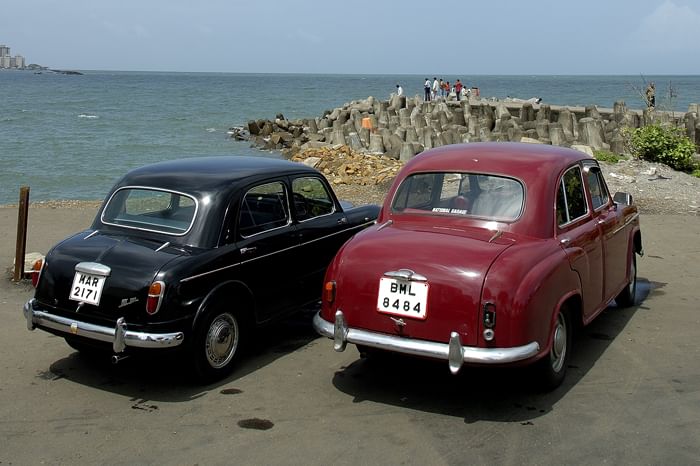
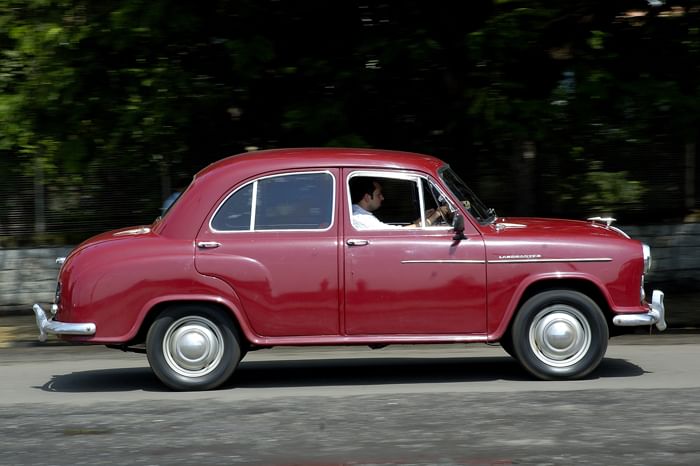


![]() By Staff Writer
By Staff Writer
Long ago in the dim and distant past, when red tape and the license raj ruled behind a curtain of misguided socialism, industrial progress was held to ransom. You couldn’t start your own radio station, couldn’t spend your hard-earned money abroad and you certainly couldn’t do something as irresponsible, indulgent and frivolous as introduce a new car. As a result the descendants of the cars you see here became big frogs in their secluded little pond, the mainstay of the Indian car industry.
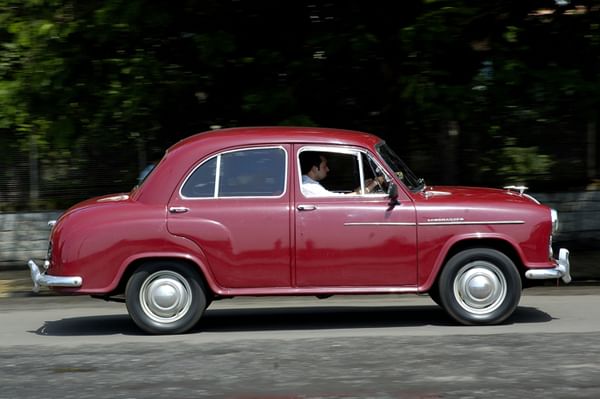
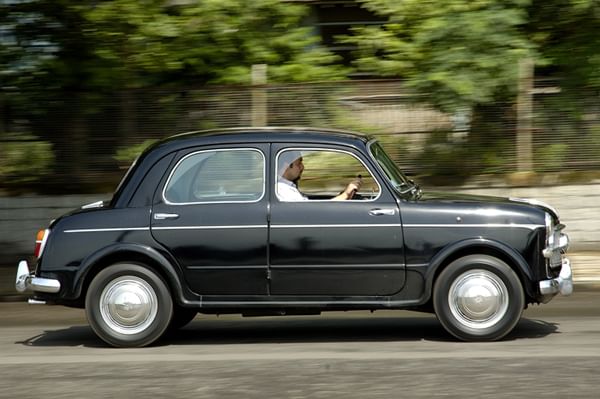
In their day, when launched, these cars were as current as Suzuki’s new Swift or the new Hyundai Sonata. To fully understand how far car design had progressed, you have to understand that this was only a decade away from World War II! To begin with, the cars of this generation were the first to fully do away with the ‘upright-radiator-and-fenders’ look we correctly associate with vintages. Now evolving into more organic shapes, both these cars actually have similar profiles. Mildly bulbous bonnets, rounded fenders and passenger compartments, and that distinctive ‘bustle back’ drooping rear. Detailing was similar too. Both have prominent chrome grilles (the one on this Landmaster actually comes from a Mark II Amby), mild wheel arches and skirts, oval rear windscreens and tiny rear lights.
Darius Hodiwalla’s showroom-condition Fiat 1100 is a Series 103E, from 1956. You can tell by the elongated driving lights below the headlamps as well as a host of other features. Boasting a higher compression ratio and more power (40bhp), its 870kg kerb weight gave the car a decent power-to-weight ratio. Like all later Fiats, it used a single barrel downdraught carburetor, either from Solex or from Weber. Using twin carburetors and higher compression heads, some versions produced as much as 55bhp! Particularly interesting is the drum-type air filter, a feature not seen on later cars.
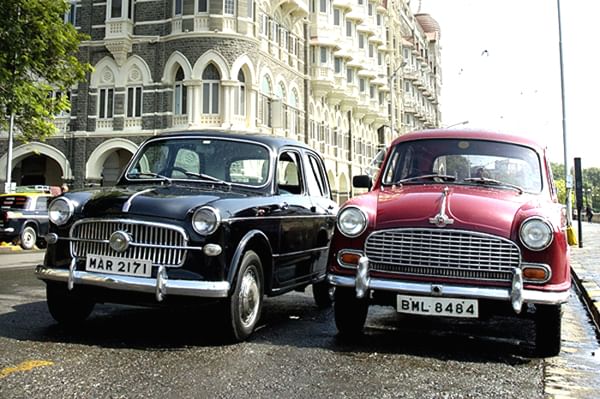
I grew up driving younger examples of both these cars, but it’s been years since I’ve gotten behind the wheel of either, especially the Oxford that I actually learned to drive on. The first few kilometres behind the wheel of the Landmaster are pure terror. After modern cars, you need a considerable amount of time to adjust, and this is doubly true if you need to mix it in traffic. Going over a large hump and merging with traffic across the road quickly apprised me of how far modern cars had come. Even though the Landmaster’s steering had no play, I discovered that the car only changed direction after a considerable heave and several twirls of the wheel. Remember, there’s no power steering. Just getting the revs up, climbing over a hump and stopping to wait for a gap in traffic left me cold.
The car was not pointing in the direction I had intended, despite the flaying of arms, I had barely managed to brake before the main road and now every gap I saw in traffic felt insufficient. I felt like a terrified learner, not sure about how long it would take me to get across the road. Butterflies in the stomach, heart in my mouth, I nosed into a gap, swung the car around, like one does on a ship, and nailed the throttle. The Landmaster moved majestically forward. More twirling of the wheel, expletives and beads of sweat later, we were on our way, cruising effortlessly.
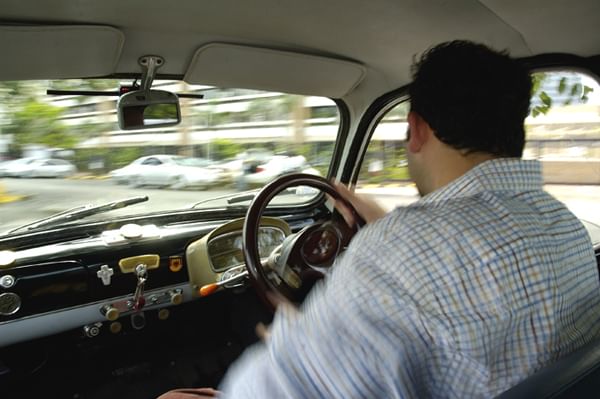
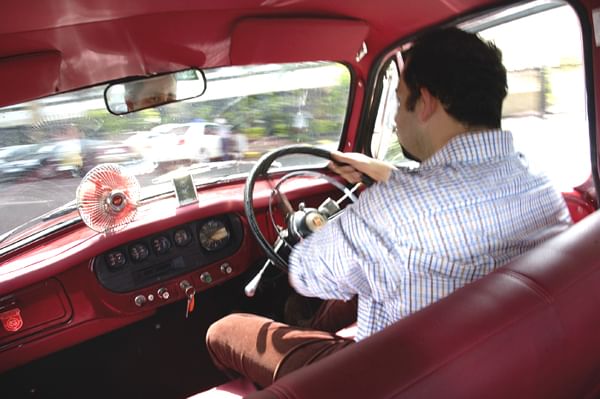
The Amby in comparison feels as agile as the Queen Mary in rough seas, bodyroll reaching titanic levels if the car is turned into a corner with gusto. Even the motor felt unhappy when it was pulled hard, struggling to make more power at the revs rose. And, of course, the loose and vague ‘lottery’ gearbox is possibly the worst ever. Boxes like the Landmaster’s gave the column shift a bad name. But you only have to drive the Fiat to see how good this system can be when the ’box is tight, precise and the gears click home happily.

It’s actually a smarter solution as you don’t need to keep moving your arm back and forth between the steering wheel and the centre of the car. Fiat called one of the later 1100 models the ‘Delight’, obviously a reference to the engine. Free-revving, responsive and blessed with a strong midrange, the 1100 motor rounded off the package superbly. No wonder Enzo Ferrari chose to power his first car with two 1100 engines, joined end on to make a straight eight. If only Mumbai’s cabbies, who went crazy looking at the car, could see how well a perfect example runs. English motoring sage LJK Setright has seldom praised a car more heavily.

Copyright (c) Autocar India. All rights reserved.


Comments
Member Login
Personal Details
No comments yet. Be the first to comment.